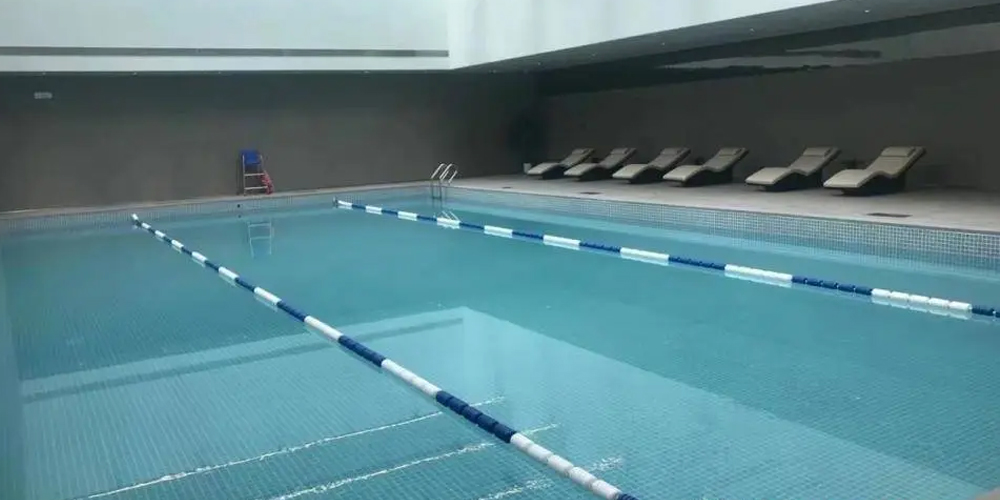Keeping the water chemistry in your pool balanced is an important and ongoing task. You might decide that this operation is never-ending and tedious. But what if someone told you that there is a chemical that can extend the life and effectiveness of the chlorine in your water?
Yes, that substance is Cyanuric Acid (CYA). Cyanuric acid is a chemical called a chlorine stabilizer or regulator for pool water. Its main function is to stabilize and protect the chlorine in the water. It can reduce the decomposition of the available chlorine in the pool water by UV. It makes the chlorine last longer and can maintain the disinfection effectiveness of the pool for a long time.
How does Cyanuric Acid work in a swimming pool?
Cyanuric acid can reduce the loss of chlorine in the pool water under UV radiation. It can extend the life of the available chlorine in the pool. This means that it can keep the chlorine in the pool longer.
Especially for outdoor pools. If your pool does not contain cyanuric acid, the chlorine disinfectant in your pool will be consumed very quickly and the available chlorine level will not be maintained continuously. This requires you to continue to invest a large amount of chlorine disinfectant if you want to ensure the hygiene of the water. This increases maintenance costs and wastes more manpower.
Since cyanuric acid the stability of chlorine in the sun, it is recommended to use an appropriate amount of cyanuric acid as a chlorine stabilizer in outdoor pools.
How to Adjust Cyanuric Acid Levels:
As with all other pool water chemicals, it is important to test cyanuric acid levels weekly. Regular testing can help detect problems early and prevent them from getting out of control. Ideally, the cyanuric acid level in the pool should be between 30-100 ppm (parts per million). However, before you start adding cyanuric acid, it is important to understand the form of chlorine used in the pool.
There are two types of chlorine disinfectants in swimming pools: stabilized chlorine and unstabilized chlorine. They are distinguished and defined based on whether cyanuric acid is produced after hydrolysis.
Stabilized Chlorine:
Stabilized chlorine is usually sodium dichloroisocyanurate and trichloroisocyanuric acid and is suitable for outdoor pools. And it also has the advantages of safety, long shelf life and low irritation. Since Stabilized chlorine hydrolyze to produce cyanuric acid, you don’t have to worry too much about sun exposure. When using stabilized chlorine, the cyanuric acid level in the pool will slowly increase over time. Generally speaking, cyanuric acid levels will only drop during periods of draining and refilling, or backwashing. Test your water weekly to keep track of cyanuric acid levels in your pool.
Unstablized chlorine: Unstable chlorine comes in the form of calcium hypochlorite (cal-hypo) or sodium hypochlorite (liquid chlorine or bleaching water) and is a traditional disinfectant for swimming pools. Another form of unstable chlorine is produced in saltwater pools with the help of a saltwater chlorine generator. Since this form of chlorine disinfectant does not contain cyanuric acid, a stabilizer must be added separately if it is used as a primary disinfectant. Start with a cyanuric acid level between 30-60 ppm and add more as needed to maintain this ideal range.
Cyanuric acid is a great chemical to maintain chlorine disinfection in your pool, but be careful about adding too much. Excess cyanuric acid will reduce the disinfecting effectiveness of the chlorine in the water, creating “chlorine lock”.
Maintaining the right balance will make the chlorine in your pool work more effectively. But when you need to add cyanuric acid, please read the instructions carefully. To ensure your pool is more perfect.
Post time: Jul-25-2024

